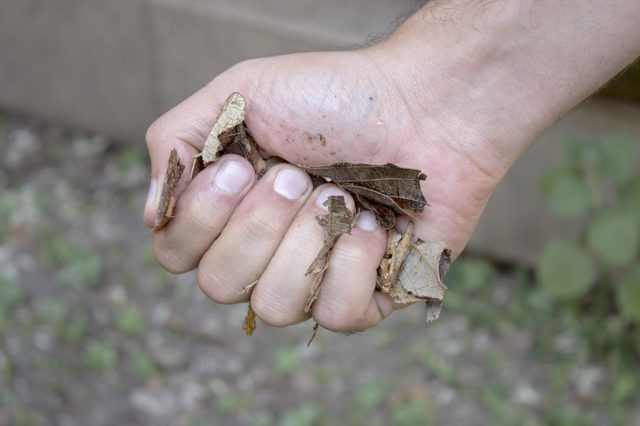Bulbs
Flower Basics
Flower Beds & Specialty Gardens
Flower Garden
Garden Furniture
Garden Gnomes
Garden Seeds
Garden Sheds
Garden Statues
Garden Tools & Supplies
Gardening Basics
Green & Organic
Groundcovers & Vines
Growing Annuals
Growing Basil
Growing Beans
Growing Berries
Growing Blueberries
Growing Cactus
Growing Corn
Growing Cotton
Growing Edibles
Growing Flowers
Growing Garlic
Growing Grapes
Growing Grass
Growing Herbs
Growing Jasmine
Growing Mint
Growing Mushrooms
Orchids
Growing Peanuts
Growing Perennials
Growing Plants
Growing Rosemary
Growing Roses
Growing Strawberries
Growing Sunflowers
Growing Thyme
Growing Tomatoes
Growing Tulips
Growing Vegetables
Herb Basics
Herb Garden
Indoor Growing
Landscaping Basics
Landscaping Patios
Landscaping Plants
Landscaping Shrubs
Landscaping Trees
Landscaping Walks & Pathways
Lawn Basics
Lawn Maintenance
Lawn Mowers
Lawn Ornaments
Lawn Planting
Lawn Tools
Outdoor Growing
Overall Landscape Planning
Pests, Weeds & Problems
Plant Basics
Rock Garden
Rose Garden
Shrubs
Soil
Specialty Gardens
Trees
Vegetable Garden
Yard Maintenance
How to Make Oak Leaf Compost
How to Make Oak Leaf Compost. Compost enthusiasts and expert gardeners see oak leaves as a prime source of nutrient-dense organic matter for compost. According to the University of Illinois Cooperative Extension, oak leaves possess more woody substances, such as lignin, than the leaves from other tree species. In fact, these thick, parchment-like...
Compost enthusiasts and expert gardeners see oak leaves as a prime source of nutrient-dense organic matter for compost. According to the University of Illinois Cooperative Extension, oak leaves possess more woody substances, such as lignin, than the leaves from other tree species. In fact, these thick, parchment-like leaves typically require up to two years to decompose naturally, according to Barbara Pleasant, co-author of "The Complete Compost Gardening Guide." Give your oak leaf compost a little boost by breaking up the leaf particles and mixing the carbon-rich material with nitrogen-rich waste. With proper maintenance, you should be able to produce humus-dense oak leaf compost within 6 to 8 months.

Things You'll Need
Oak leaves
Leaf rake
Leaf shredder/mower
Mulching mower blade (optional)
Shovel
Nitrogen-rich organic waste
Topsoil
Garden hose
Step 1
Collect a supply of oak leaves. Scoop oak leaves from your own yard with a leaf rake, gathering the material into a large pile near your composting location. Talk to your friends and neighbors about providing additional oak leaves, if necessary. Provide your own labor and hauling, and most people will be more than happy to give you their fallen oak leaves for free.
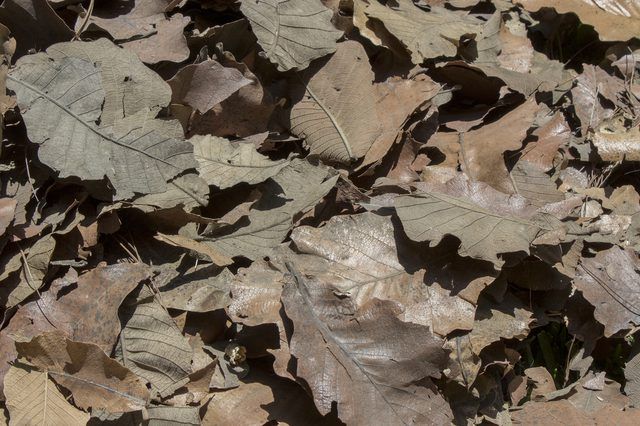
Step 2
Feed your supply of oak leaves through a leaf shredding machine or simply drive over them repeatedly with your lawn mower. Check the pile of oak leaves thoroughly before shredding them to ensure that all large sticks and twigs are removed from the pile. Opt for a mulching blade on your lawn mower to produce a more finely shredded leaf product.
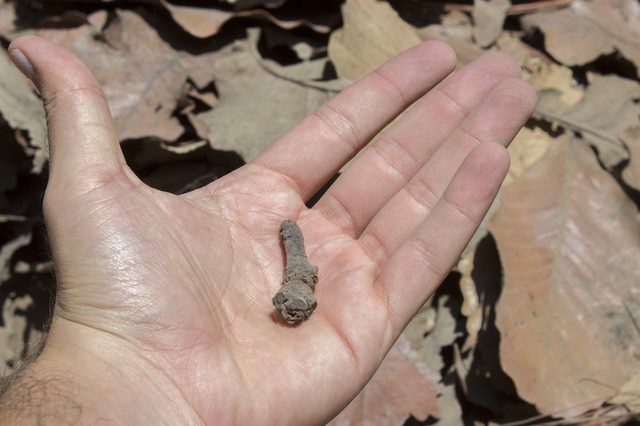
Step 3
Peel back any turf covering a well-drained composting site to allow the millions of decomposing bacteria in the soil to have direct access to your oak leaf compost. Make sure your composting location gets at least 3 to 5 hours of sun each day. Aim for the compost location to be at least 3-feet-by-3-feet but no more than 5-feet-by-5-feet.
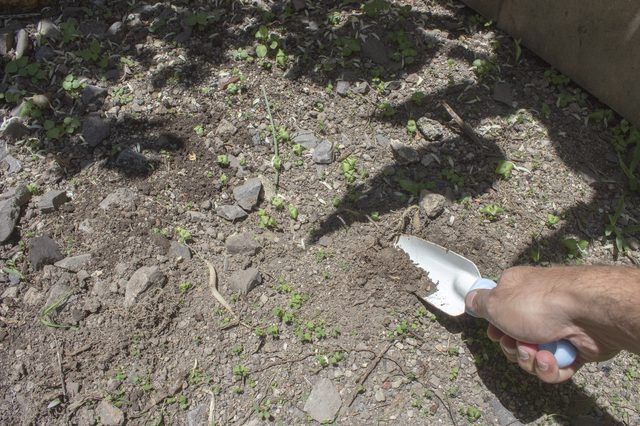
Step 4
Spread a 2- to 3-inch layer of shredded oak leaves across the bare soil that marks your composting site. Top the leaves with a 2- to 3-inch layer of nitrogen-rich organic waste, such as cow manure, green grass clippings, fruit waste and vegetable peels. Mist your layers with a light coating of water from your garden hose. Sprinkle several handfuls of topsoil on the compost to introduce additional decomposing bacteria. Continue alternating layers of oak leaves with nitrogen-rich waste until your compost heapís height matches its width.
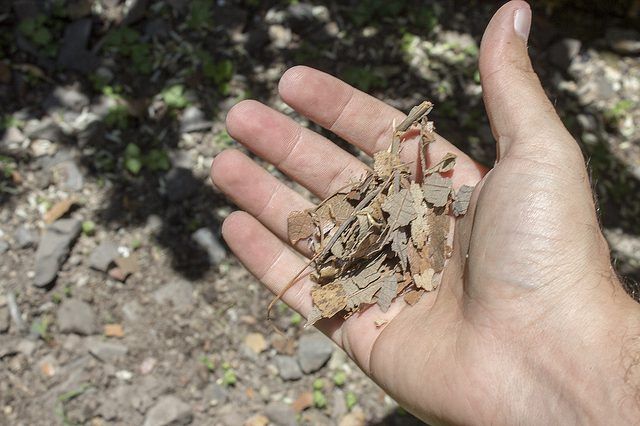
Step 5
Maintain your oak leaf compost heap. Mix the layers twice weekly with a manure fork to aerate the pile. Check the moisture level by squeezing a handful of compost whenever you turn the pile. Ideally, you should be able to squeeze 1 to 2 drops of moisture from the composting oak leaves. Spray additional water on the pile to provide extra moisture, if necessary.
